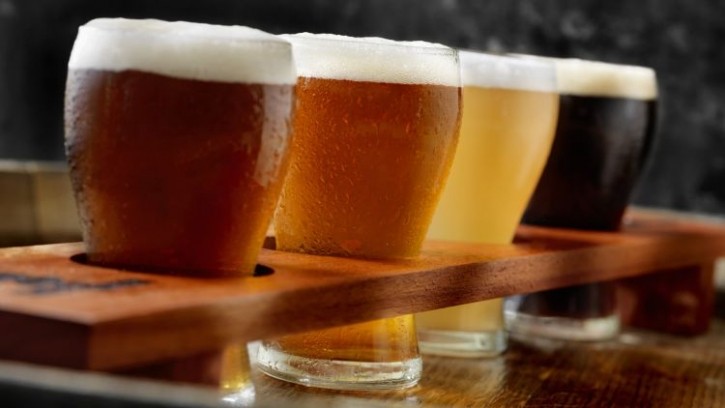Lager now accounts for almost 'seven in 10 pints'

Figures showed as of February 2023, the lager category had seen its Moving Annual Total (MAT) per hectolitre (HL) grow 3.7% over the previous six years, from 65.8% in 2016 to 69.5%, the biggest increase across all the categories included.
Bitter, however, saw a 7.5% decline over the six-year period, with a MAT per HL of 22.9%, and 3.5% compared with three years ago, when the category’s MAT was 18.9%.
This comes as recent data from the Office For National Statistics (ONS) last month showed draught lager and bitter prices had increased by 11% and 7% respectively in the year to April 2023.
CGA by NIQ client director GB drinks Paul Bolton said: “The real movement we’ve seen over the past five or six years in beer styles is in pale ale, stout and primarily lager.
Accessible credentials
“Lager as a category has grown its share of total beer thanks to the continued success of world lager, which has appealed to a wide audience with its premium but accessible credentials.
“The lager category has been dominant for many years, but now makes up nearly seven in 10 pints.
"The biggest loser has been bitter. The continued hardships that cask ale has suffered as its core audience is distracted away from the category, as well as the decline of smooth ale, have contributed to the category’s struggles.”
CGA data to February 2022
MAT 6YA | MAT 3YA | MAT TY | |
Lager | 65.8% | 68.3% | 69.5% |
Bitter | 22.9% | 18.9% | 15.4% |
Stout | 6.4% | 6.6% | 8.3% |
Pale | 3.1% | 4.6% | 5.2% |
Pilsner | 0.9% | 0.8% | 1.0% |
Mild | 0.6% | 0.4% | 0.4% |
Wheat | 0.2% | 0.1% | 0.1% |
Porter | 0.1% | 0.1% | 0.1% |
Sour | 0.0% | 0.0% | 0.0% |
Trappiste | 0.0% | 0.0% | 0.0% |
Saison | 0.0% | 0.0% | 0.0% |
Bock | 0.0% | 0.0% | 0.0% |
Vienna | 0.0% | 0.0% | 0.0% |
Dunkel | 0.0% | 0.0% | 0.0% |
Looking to the stout category, where there have been new releases from Camden Town Brewery and BrewDog, there was a two-percentage point (1.9%) upswing in the six years to 2022, from 6.4% to 8.3%, with an increase of 1.7% since 2019.
The pale category grew by two percentage points (2.1%) since 2016 and 0.6% since 2019 while the mild and wheat beer categories both saw overall declines of 0.2% and 0.1% respectively.
Adoring audience
Pilsner and Porter saw the smallest uplifts, between 0.2% and 0.1% over the last six years. There was no movement in the Sour, Trappiste, Saison, Bock, Vienna and Dunkel categories.
Bolton added: “The prominence of craft beer on the bar has helped pale’s share, whilst stout’s recent success is thanks to a clever marketing and social strategy to appeal to a wider audience, a focus on quality and a clamour to drink the category on draught after Covid lockdowns.”
“Other beer styles only make up around 2% of total beer volume and despite a vast array of styles being continuously pumped out by craft beer breweries to a small but adoring audience (including porter, sour, saison etc), none have made a dent in overall beer share.”







